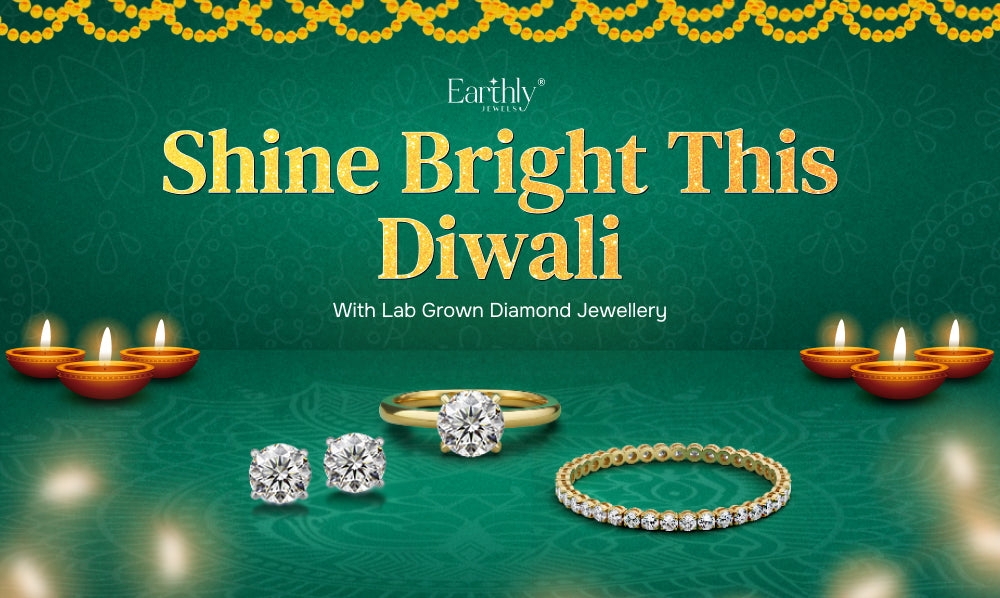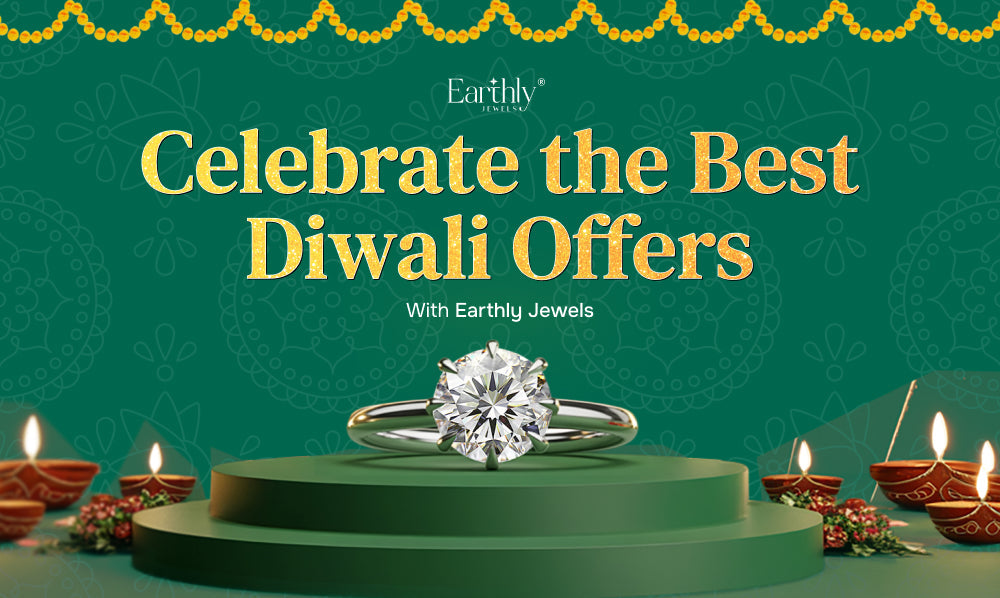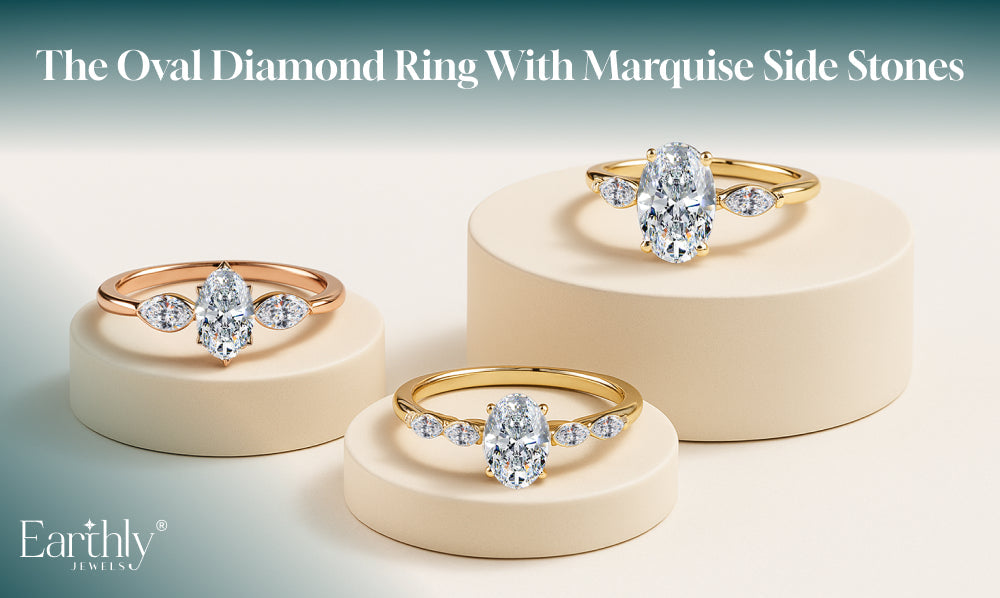 Choosing the right metal for your diamond ring is a crucial decision that can significantly impact both its appearance and longevity. The metal you select will not only frame the beauty of your diamond but also determine how well the ring stands up to daily wear. With numerous options available, each with its unique characteristics and benefits, it’s essential to understand the differences between them.
Choosing the right metal for your diamond ring is a crucial decision that can significantly impact both its appearance and longevity. The metal you select will not only frame the beauty of your diamond but also determine how well the ring stands up to daily wear. With numerous options available, each with its unique characteristics and benefits, it’s essential to understand the differences between them.
Some of the most favoured options include Gold, Platinum, and White Gold. Each of these metals offers distinct advantages, from the classic warmth of Gold to the modern elegance of Platinum and the sophisticated sheen of White Gold.
This blog aims to guide you through these three primary metal options, providing insights into their qualities and benefits and showing you how to choose the one that best suits your style and needs. By the end, you’ll be well-equipped to make an informed decision and select the perfect metal for your diamond ring.
Understanding Metal Types
When selecting a metal for your diamond ring, it's important to understand the distinct characteristics of Gold, Platinum, and White Gold. Each metal has unique properties that influence both the ring's appearance and its durability.
Gold is a timeless choice that comes in various types:
Yellow Gold:

The classic gold colour known for its warm, rich hue.
Rose Gold:

A romantic pinkish tint created by alloying gold with copper.
White Gold

A silvery appearance is achieved by mixing gold with other metals like palladium or nickel.
The purity of gold is measured in karats, with 14K and 18K being the most prevalent. Higher karat gold contains more pure gold and is more malleable, while lower karat gold is more durable due to the presence of alloy metals.
Platinum stands out for being naturally white and has a sleek, modern appearance. It is known for its exceptional durability and density, making it an ideal choice for those seeking a long-lasting lab grown diamond ring. Platinum's ability to resist tarnish and corrosion guarantees that the ring will retain its shine over time.
White Gold is created by alloying gold with other metals to achieve its silvery appearance. However, white gold diamond rings are typically coated with a layer of rhodium to enhance their shine and provide a durable finish. This plating can wear off over time and may need to be reapplied to maintain the ring's bright appearance.
Pointers:
1. Gold:
Varieties:
Yellow Gold, Rose Gold, White Gold
Purity:
14K, 18K
2. Platinum:
Natural Color:
White
Durability:
High-density, long-lasting
3. White Gold:
Alloy:
Mixed with other metals
Rhodium Plating:
Enhances appearance
Factors to Consider
When choosing the right metal for your diamond ring, several factors should guide your decision. Each metal offers distinct characteristics that can impact the ring’s appearance, durability, and cost.
Personal Style plays a significant role in selecting the metal for your lab grown diamond ring.
I. Gold:
Ideal for those who prefer classic or vintage styles. Its warm, rich tones provide a traditional and timeless look.
II. Platinum:
Perfect for modern, sleek designs. Its natural white hue enhances contemporary aesthetics.
III. White Gold:
Suited for a polished, contemporary appearance. It complements modern styles with its bright, silvery finish.
Skin Tone also affects how different metals look and feel.
A. Warm Skin Tones:
Yellow or Rose Gold can enhance the warmth of your skin and complement your natural colour.
B. Cool Skin Tones:
White Gold or Platinum is often more flattering, as they align with cooler undertones and offer a sophisticated contrast.
Durability is another crucial factor.
- Platinum is known for its superior durability. Its high density makes it highly resistant to wear and tear, ensuring a durable and long-lasting investment.
- White Gold requires regular rhodium plating to maintain its bright appearance. Though durable, regular maintenance is essential to keep the diamond ring in optimal condition.
- Gold is generally less durable compared to Platinum. Although 18K gold is softer and more prone to scratching, it remains a popular choice due to its classic appeal.
Budget considerations will also influence your choice.
- The most costly alternative is platinum, which is indicative of its purity and endurance.
- Gold offers more affordable choices, with various purity levels allowing for budget flexibility.
- White Gold falls in the mid-range cost bracket, providing a balance between affordability and the premium feel of Platinum.
Pointers:
Personal Style:
- Gold for classic or vintage looks
- Platinum for modern and sleek designs
- White Gold for a contemporary, polished look
Skin Tone:
- Warm skin tones: Yellow or Rose Gold
- Cool skin tones: White Gold or Platinum
Durability:
- Platinum: Most durable
- White Gold: Requires rhodium plating
- Gold: Generally less durable
Budget:
- Platinum: Higher cost
- Gold: More affordable options
- White Gold: Mid-range cost
Making the Final Decision
Choosing the right metal for your diamond ring involves balancing aesthetics, practicality, and budget. Here's a recap to guide your final decision:
Summary:
Each metal option offers distinct qualities. Gold comes in various shades, such as yellow, rose, and white, each impacting the ring's look and affordability. Platinum is known for its durability and natural white hue, making it a long-lasting choice. White gold is created by blending gold with other metals to achieve a sleek, modern look, but it requires periodic rhodium plating to preserve its appearance.
Decision-Making Tips:
Personal Style:
Match the diamond ring metal with your or your partner’s style. Gold is classic and versatile, platinum offers modern elegance, and white gold provides a chic, polished look.
Budget:
Consider how each metal fits into your budget. Platinum is usually more expensive, whilst gold usually gives more economical possibilities. White gold is in the middle and requires extra money for rhodium coating.
Lifestyle:
Think about the metal’s durability and maintenance needs. For daily wear, platinum’s resilience is advantageous, while gold and white gold require more regular upkeep.
Consultation:
If you are still trying to decide, consulting with a jeweller can provide personalized advice based on your preferences and needs. They can help you select the lab grown diamond ring metal that best suits your style, budget, and lifestyle.
Pointers:
Summary of Metals:
Brief overview of Gold, Platinum, and White Gold.
Decision-Making:
Align metal choice with style, budget, and lifestyle.
Consultation:
Seek expert advice if unsure.
Conclusion
Choosing the right metal for your diamond ring is crucial, as it greatly influences both the ring’s appearance and its longevity. Each metal—gold, platinum, and white gold—offers unique benefits that can enhance the overall beauty of your diamond ring. Making the right metal choice can guarantee that your ring will endure over time in addition to matching your style.
We invite you to explore Earthly Jewels’ extensive collection of diamond rings and consult with our experts for personalized advice tailored to your preferences. Our team is here to help you find the perfect lab grown diamond ring metal that matches your vision and lifestyle.
Closing Note:
The right metal choice will accentuate your diamond's brilliance and contribute to a diamond ring that you will cherish forever. Thank you for considering Earthly Jewels as your partner in this important decision.






Share:
Celebrity Jewellery Styles: Inspiration for Your Next Purchase
Investing in Your Future Lab Grown Diamonds as a Hedge Against Inflation